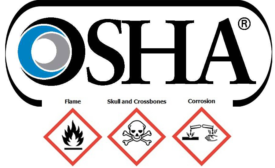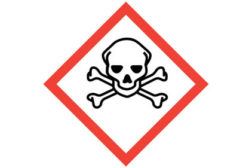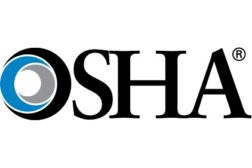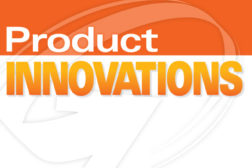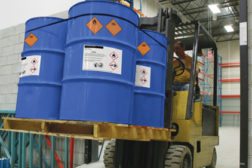Home » chemical management
Articles Tagged with ''chemical management''
CRFR® flash fire protection with chemical resistance
Helps to protect primary FR garments and enhance protection
March 27, 2014
Time to transition to safer chemicals
The flood of new chemical risk information won’t stop
December 5, 2013
Get acquainted with global databases
It’s a new world for your worksite chemical management
April 2, 2013
Never miss the latest news and trends driving the safety industry
eNewsletter | Website | eMagazine
JOIN TODAYCopyright ©2024. All Rights Reserved BNP Media.
Design, CMS, Hosting & Web Development :: ePublishing
